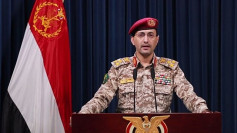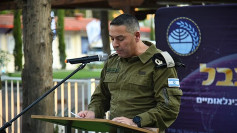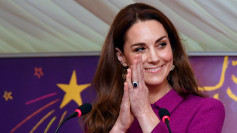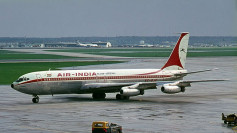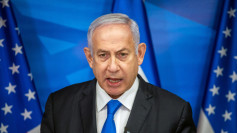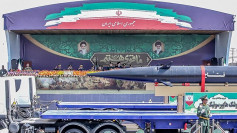Countries involved in the Belt and Road Initiative are working together to achieve the 2030 Sustainable Development Goals of the United Nations after more than 20 countries agreed on Tuesday on a collection of data-based assessment criteria.
The requirements, approved at Shenzhen's fourth Electronic Belt and Road Conference, provide digitized criteria for six of the 17 goals, such as zero hunger, clean water, and sanitation.
"The goals of the UN give us guidance, and our principles offer comprehensive strategies for achieving these goals," said Guo Huadong, Chair of the Chinese Academy of Sciences' Electronic Belt and Road Program.
"In addition, other innovations may achieve these targets, but we are specialized in big data with real-time and large-scale data tracking and analysis," Guo stressed.
Cutting-Edge Tech Unites Nations
The Electronic Belt and Road, launched in 2016, is an international research initiative involving more than 50 nations, international organizations and programs.
This uses advanced technology such as ground-based remote sensing to collect data as well as cloud computing to analyze information so that it can make policy decisions for its members.
Guo noted that in pursuing sustainable development, China has acquired effective and realistic innovations and approaches from its experiences, citing the example of the nation's efforts to address land degradation. Eighteen percent of its degraded land has been restored by the government.
Guo added that the program aims to share these experiences and enhance sustainable development, which in recent years has gained more and more popularity in the Belt and Road area.
Digital Belt And Road Program
Armenia signed a memorandum of understanding to join the conference's Electronic Belt and Road. Artak Piloyan, Head of the National Department of Geodesy and Cartography at the Cadastre Committee, said Armenia looks forward to enhancing the capacity of national land management and environmental oversight by participating in the meeting.
The Digital Belt and Road also presented Mozambique as a gift at the forum with a data set of a high-resolution cropland map. It could be used to track natural disasters including drought and to support the development of agriculture.
Shukri Farah Ahmed, U.N. Food and Agriculture Organization's deputy strategic program chief, said at the meeting that the Digital Belt and Road standards provide the country with an opportunity to properly understand demands before going into details.
Guo pointed out that the countries of the Belt and Road should first know the needs of a group to collect the right type of information and use the right tools.

